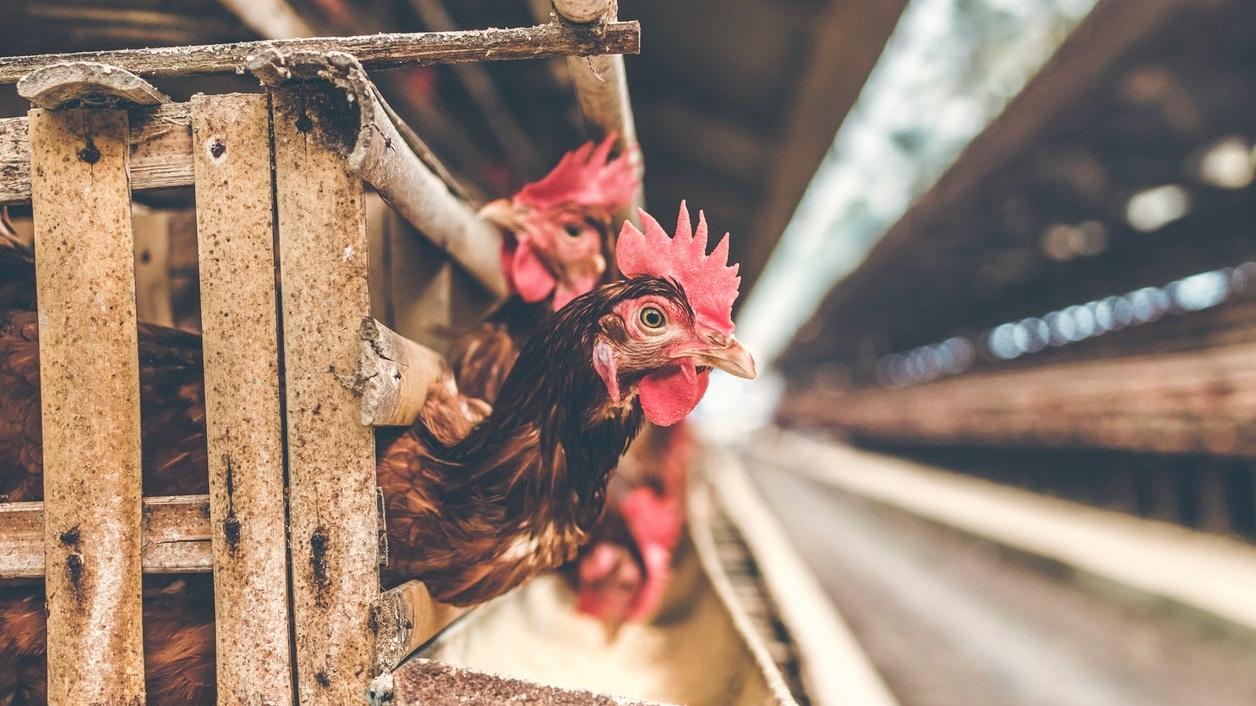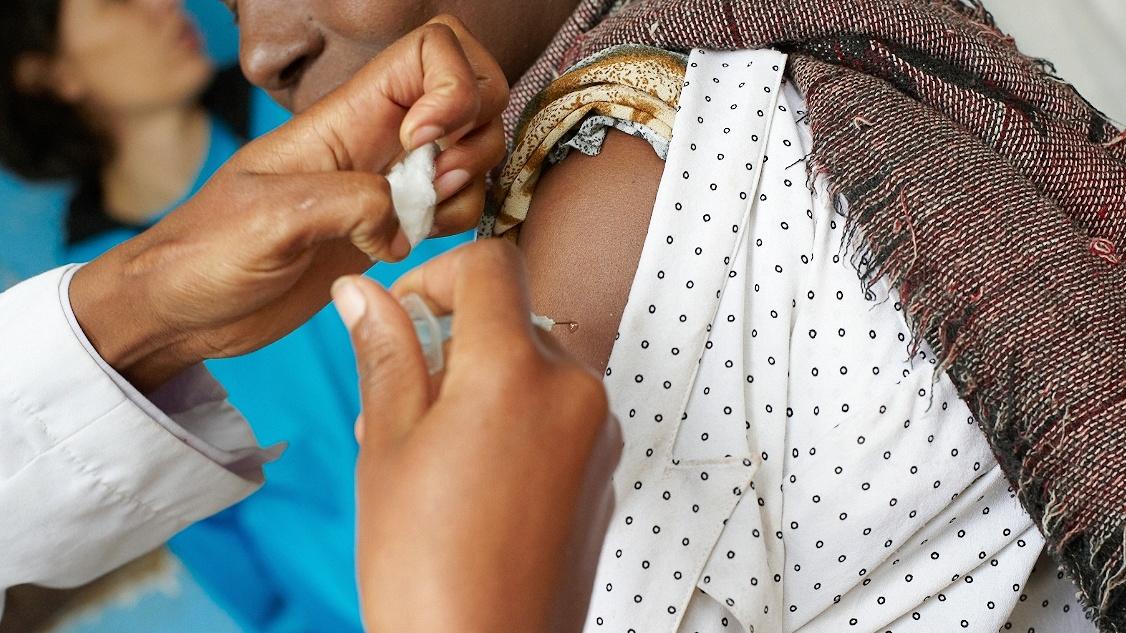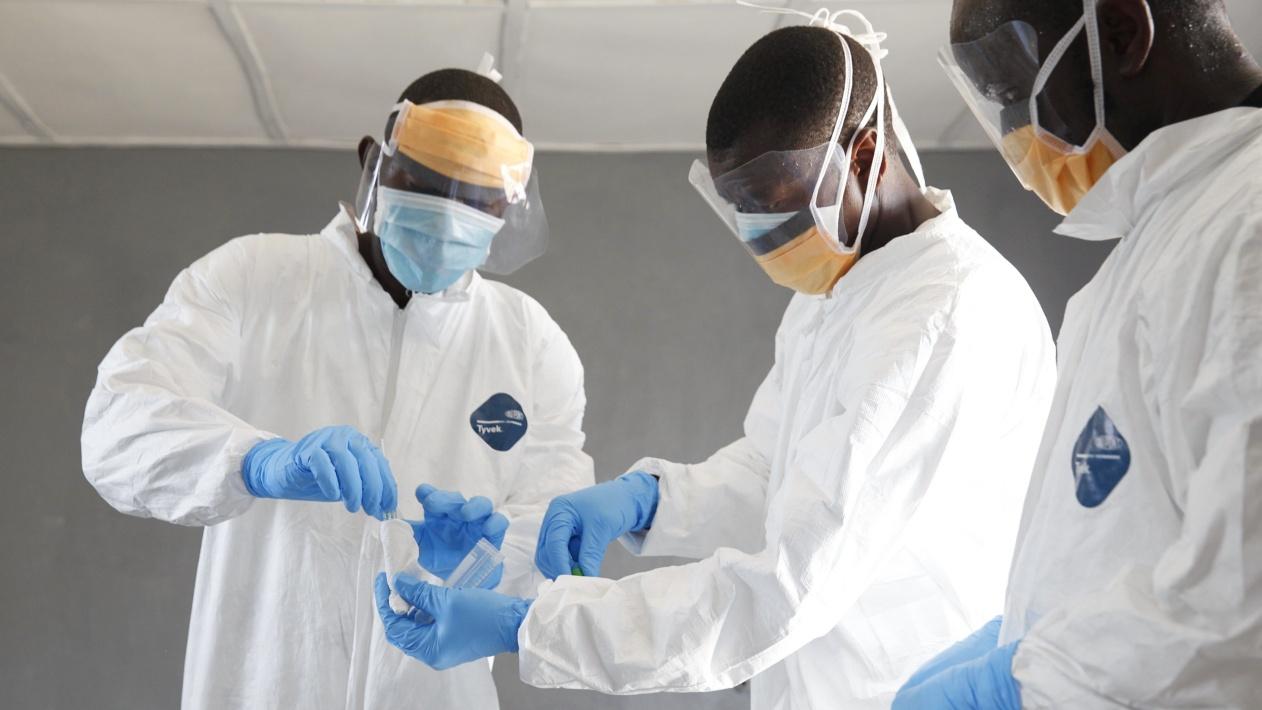Lessons from Kenya and Uganda highlight that current vaccine delivery and uptake practices can undermine the potential of animal vaccines. Edna Mutua explains why financial costs, intrahousehold dynamics and a lack of adequate infrastructure and supplies determine whether livestock keepers have their animals vaccinated.
This article is part of the series “Rethinking zoonoses, the environment and epidemics in Africa”, which examines the effect of changing relationships between human, animal and environmental health on epidemic risk.
Livestock occasionally encounter zoonotic diseases that can be prevented with restricted access vaccines, meaning they are only accessible through veterinary departments. The Rift Valley Fever (RVF) disease vaccine is a primary example.
RVF is a viral mosquito borne disease that is transmissible from livestock to humans, affecting cattle, sheep, goats and camels. In East Africa, its occurrence has been linked to heavy rains and flooding that allow for infected vectors to breed and the eggs to hatch. The disease is mainly spread to humans through contact with infected animal tissues such as meat and abortus, as well as fluids like blood. RVF has been associated with loss of livestock, human infections and deaths, livestock and meat-trade bans, as well as bans on consumption of meat and milk, all of which result in extensive economic and social harm to affected communities.
Authorisation, provision then delivery
From the research my colleagues and I have conducted with livestock-keeping communities in Kenya and Uganda, the process of accessing restricted vaccines, whether or not for zoonotic diseases, is not straightforward.
The first consideration is whether a country has authorised a vaccine for a disease of concern, such as the RVF vaccine. If none is authorised, livestock keepers have no means of protecting themselves and their livestock from the unpredictability of zoonotic diseases. If a country has approved a vaccine, focus shifts to the delivery process. The decision to provide a restricted vaccine to livestock keepers is made if early warning systems or livestock disease surveillance data suggest that an outbreak is imminent, or if there is a disease outbreak and veterinary departments would like to conduct a ring vaccination to protect unaffected neighbouring areas. Delivery is also subject to availability of the vaccine.
Once the veterinary departments are ready to deliver a vaccine, they communicate this information to livestock keepers. The notice consists of the disease they will be vaccinating against, the species to be vaccinated, the costs per animal, the date and venue. This is usually done through verbal or written announcements in public spaces and events. The dissemination of this information has a significant impact on the numbers of livestock keepers that present their animals for vaccination.
The financial burden of vaccinating livestock
Following the notice, the decision to proceed with vaccine uptake is determined by several factors. One of these is cost. If men and women livestock keepers perceive the costs of uptake per animal to be too high, they often opt out, or alternatively, may select their most productive animals or preferred species for vaccination, while leaving the rest unvaccinated. Fortunately, in Kenya, the RVF vaccine has been provided to livestock keepers for free.
It is also worth considering related costs, such as the need to hire someone to help move their animals to and from the vaccination points, and overseeing them for the duration. Women livestock keepers are particularly challenged if they have to move animals that are unaccustomed to lengthy movement, such as those kept in zero grazing systems to and from vaccination points, since it is physically taxing.
The role of intrahousehold dynamics in vaccine uptake
Intrahousehold power dynamics also come into play in determining vaccine uptake. In male-headed households, the decisions of vaccinating animals usually falls on the men, although women in their role as wives may have some influence. In female-headed households, the decision is made by women, though children and extended family members may have a say too. Should the household head reject livestock vaccines, the animals are left unvaccinated even if it goes against the will of other family members.
Ownership patterns also play a role as they determine which animals get vaccinated. For instance, if a given species is culturally more owned by men, women’s voices may be side-lined or rendered futile given their limited association to these animals.
Logistical challenges can perpetuate negative outlooks of vaccines
On the day of vaccine delivery, it is crucial that infrastructure like crushes to restrain animals is in place, as it can be difficult to hold them still. In some areas, communities without crushes are forced to build them or take their animals to an area providing this service.
Additionally, the quantity of available vaccines and vaccinating officers also influence the number of livestock keepers that can access services. The availability of fewer officers translates to extended waiting times, whereas a limited vaccine supply results in some livestock keepers missing out and therefore developing or perpetuating a negative perception of vaccine delivery campaigns. Livestock keepers may also feel antagonised if inadequate time to vaccinate the presented animals is allocated. That can become the basis on which they decline future participation in vaccine campaigns.
Another factor is the level of trust between livestock keepers and veterinary personnel. In areas where vaccines are offered irregularly, livestock keepers tend to question the sudden interest and may become wary. As a result, there is hesitation to present their animals for vaccination, particularly if they have previously encountered undesirable side effects from similar procedures. For instance, livestock keepers may conclude that vaccines are harmful in the case of their animals aborting or dying as a consequence of side effects or unrelated circumstances soon after vaccination. This underscores the urgent need for veterinary departments to create relationships with community members to communicate clearly and minimise mistrust.
Finally, livestock keepers are concerned about the conditions of vaccination points. This includes the risk of animals acquiring diseases and pests when animals from different households mix, vaccinated animals getting infected from shared needles or their animals getting lost.
The role of animal health authorities, costs, intrahousehold dynamics as well as the availability of infrastructure and supplies at vaccination points demonstrate likely complexities involved in the uptake of vaccines for zoonotic diseases, like RVF and non-zoonotic ones. These factors also illustrate that vaccine provision does not always guarantee uptake. Consequently, if these barriers are left unaddressed, they will continue to undermine the efficacy of vaccines and their role in preventing further disease transmission.
Photo by Pixabay.





